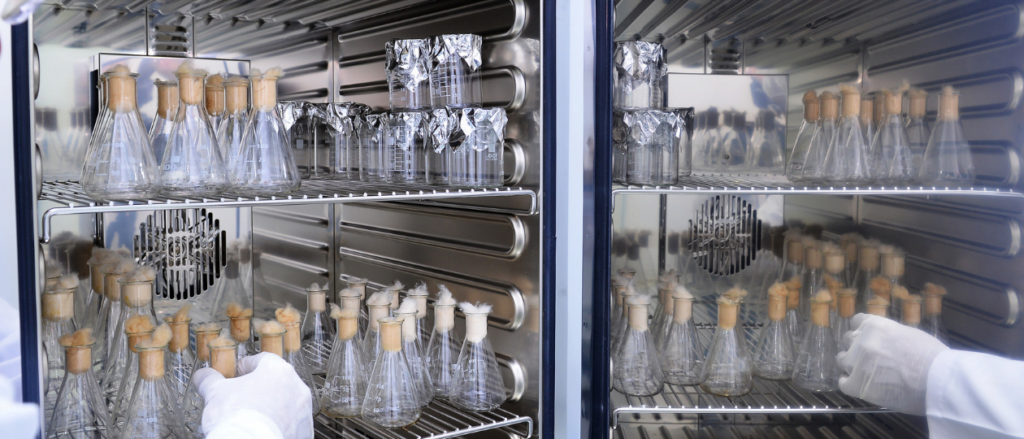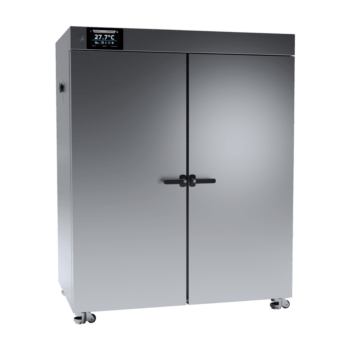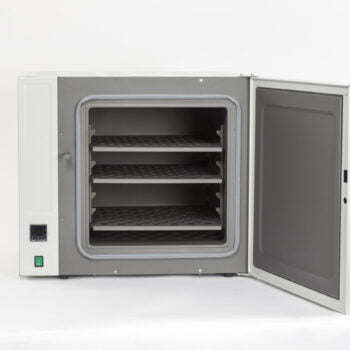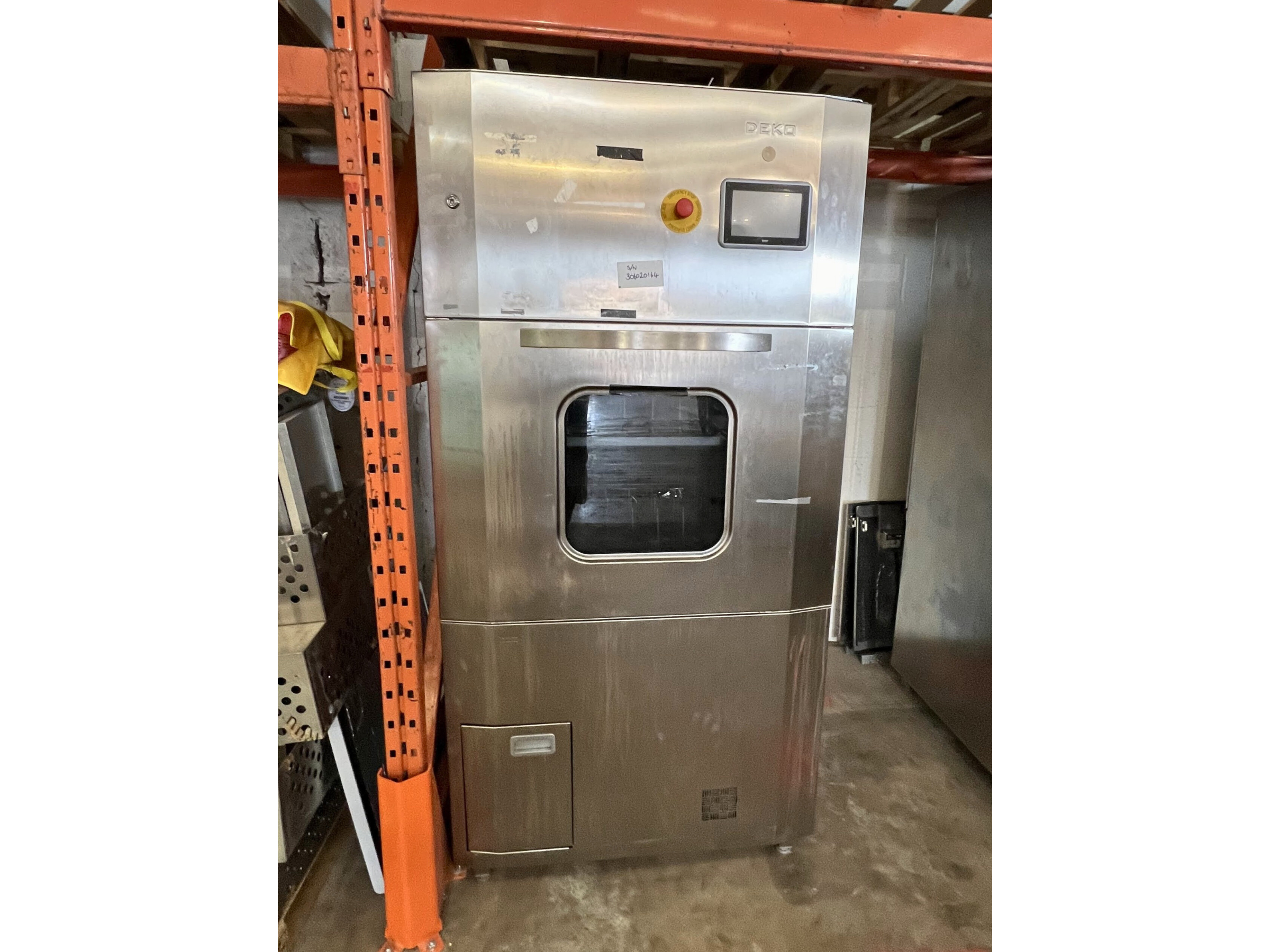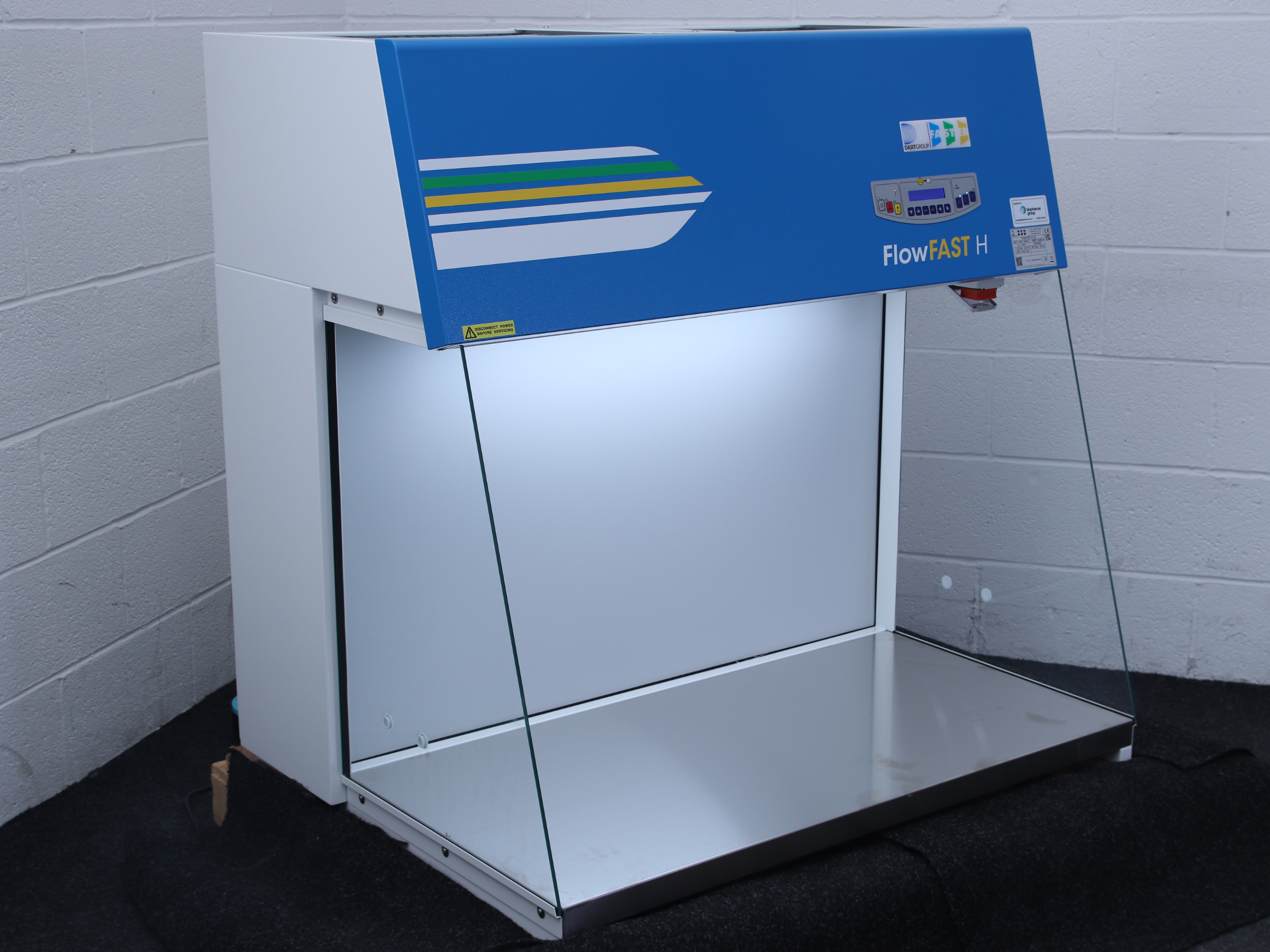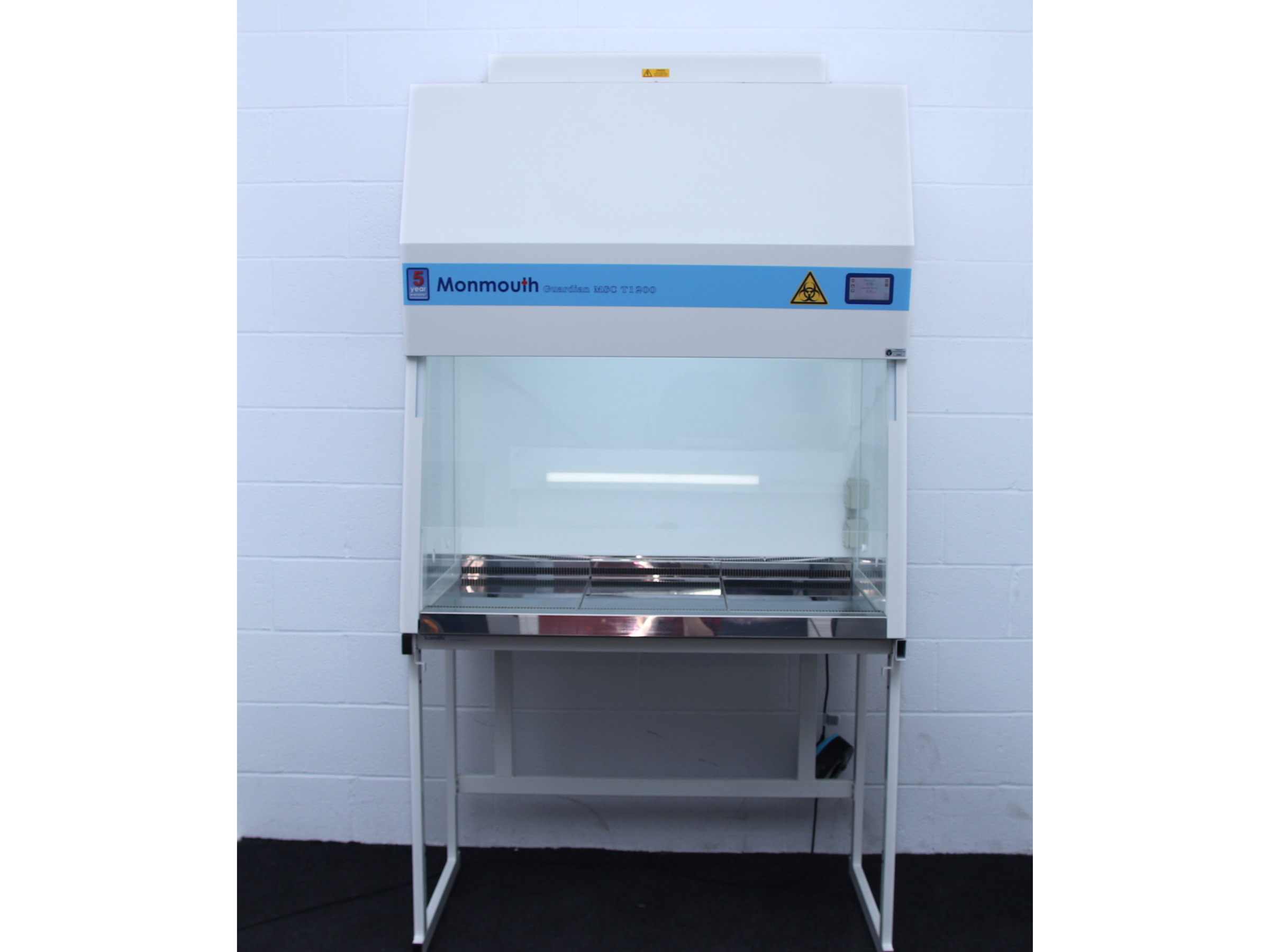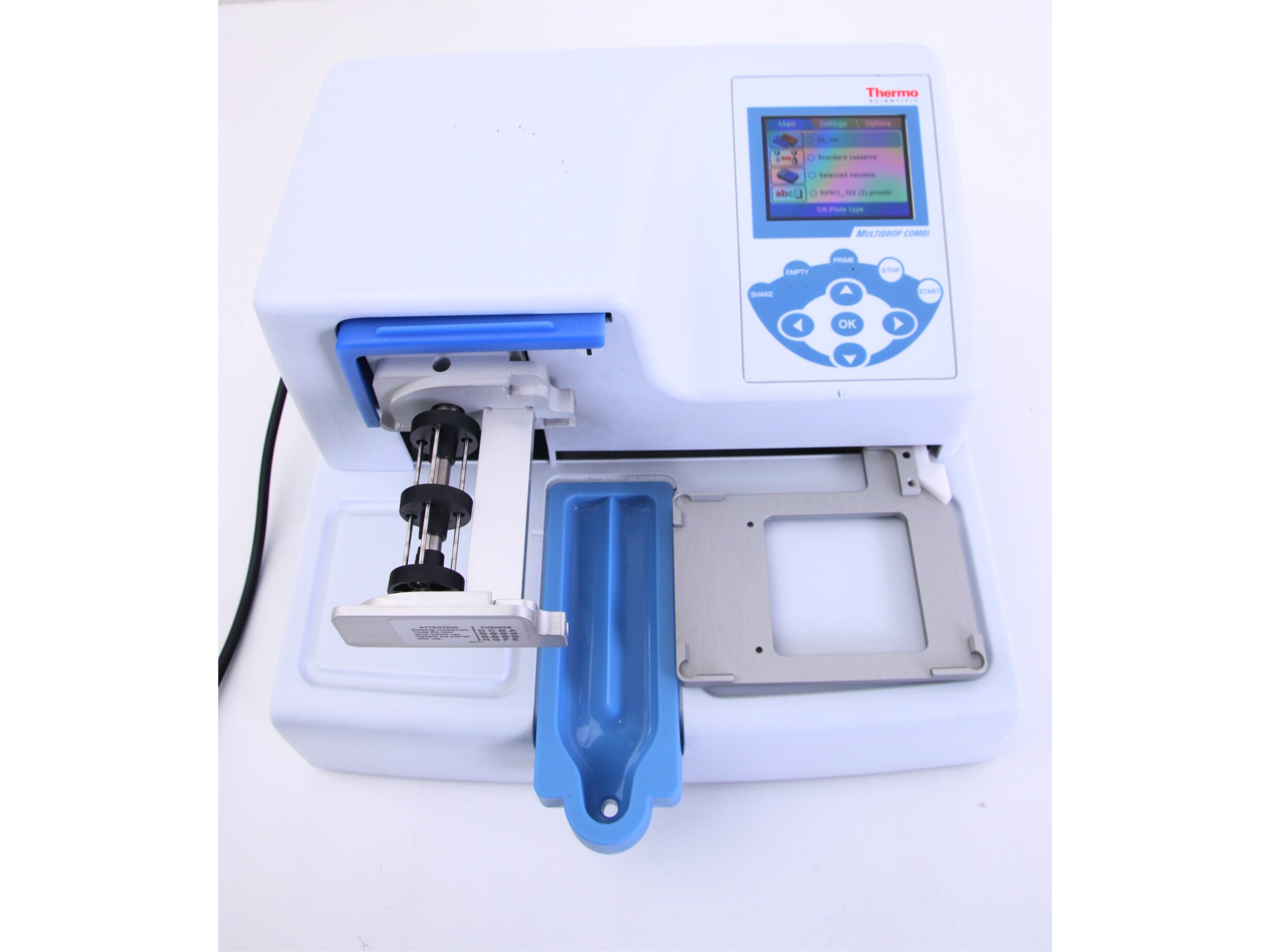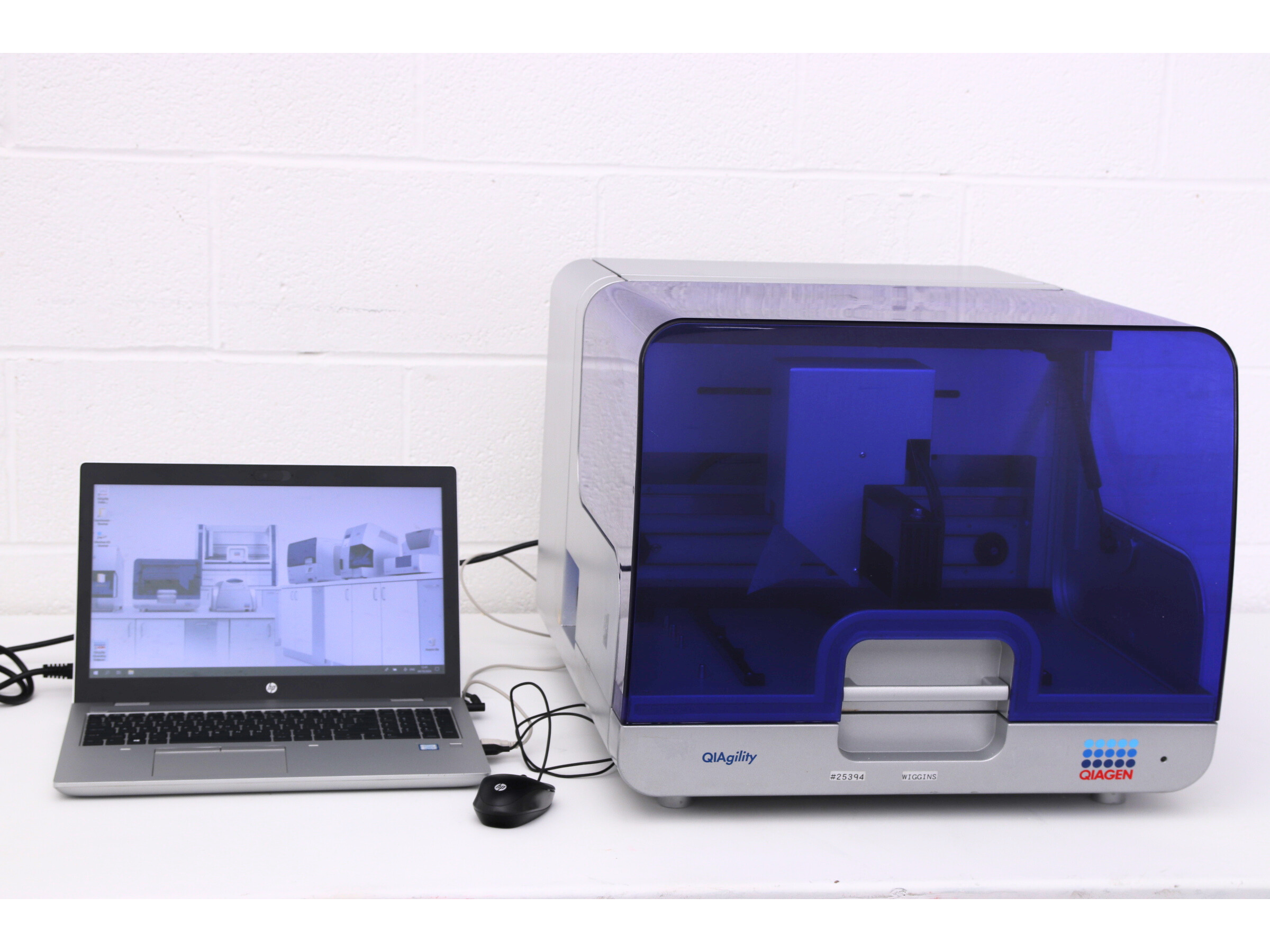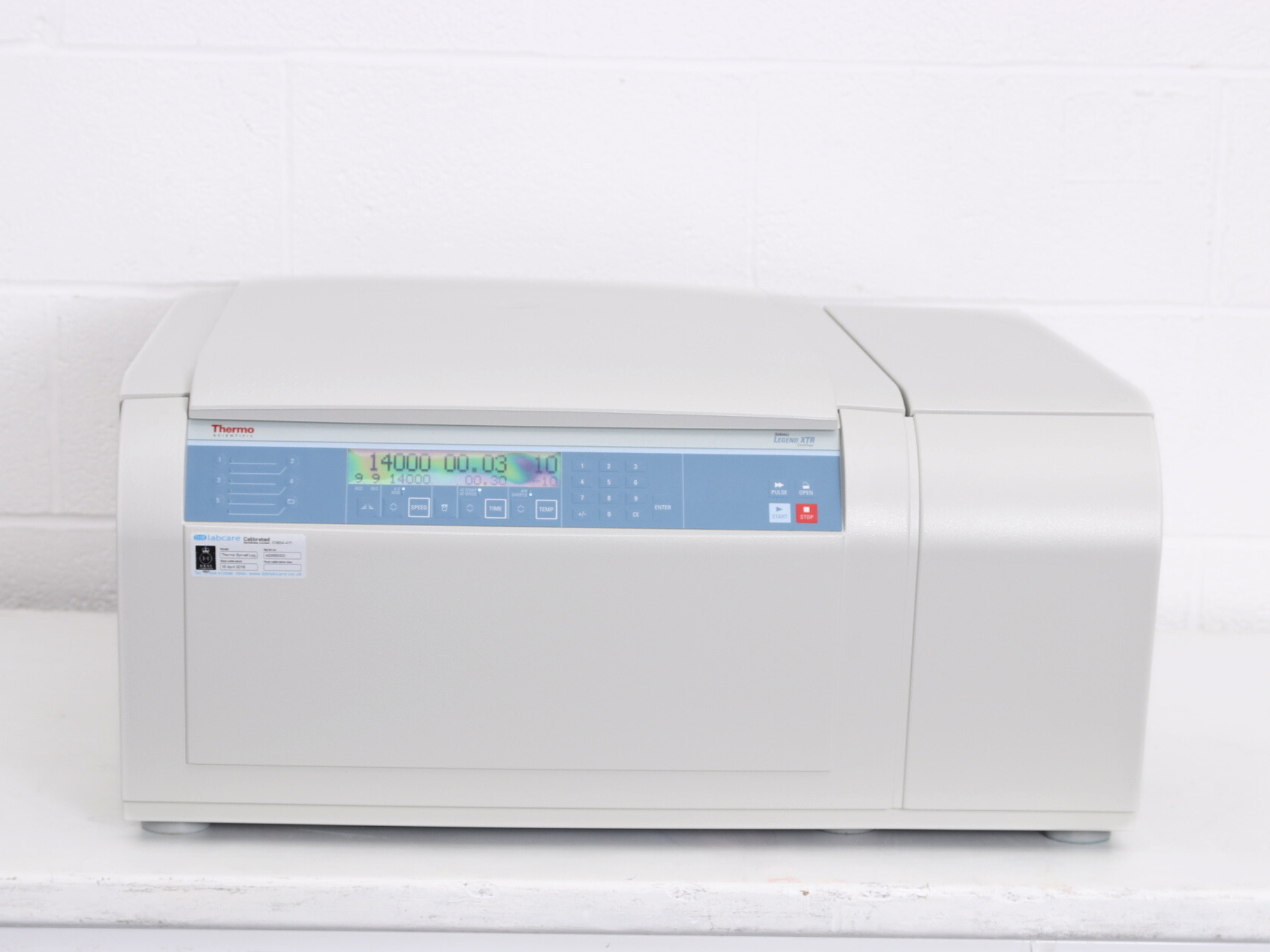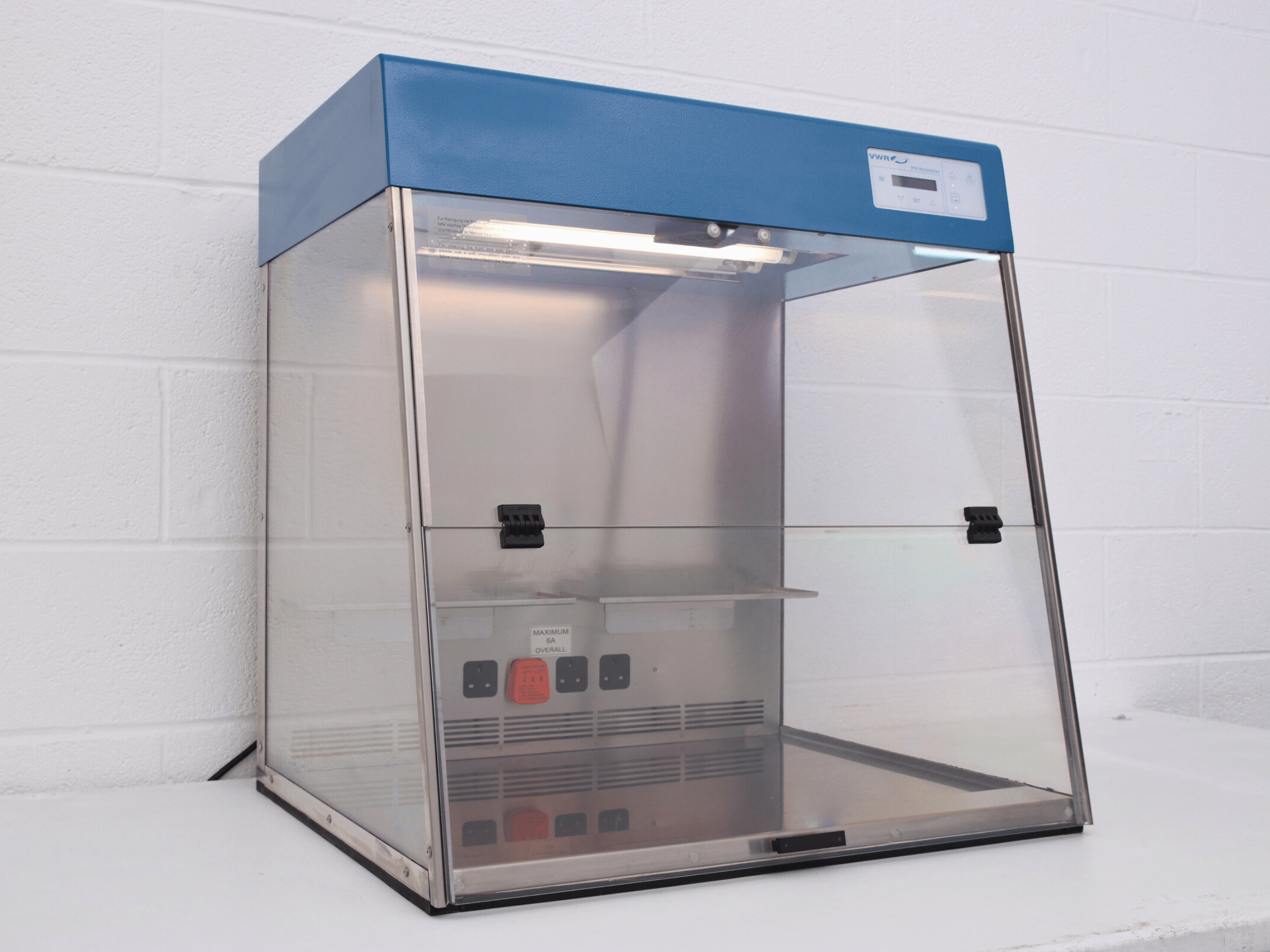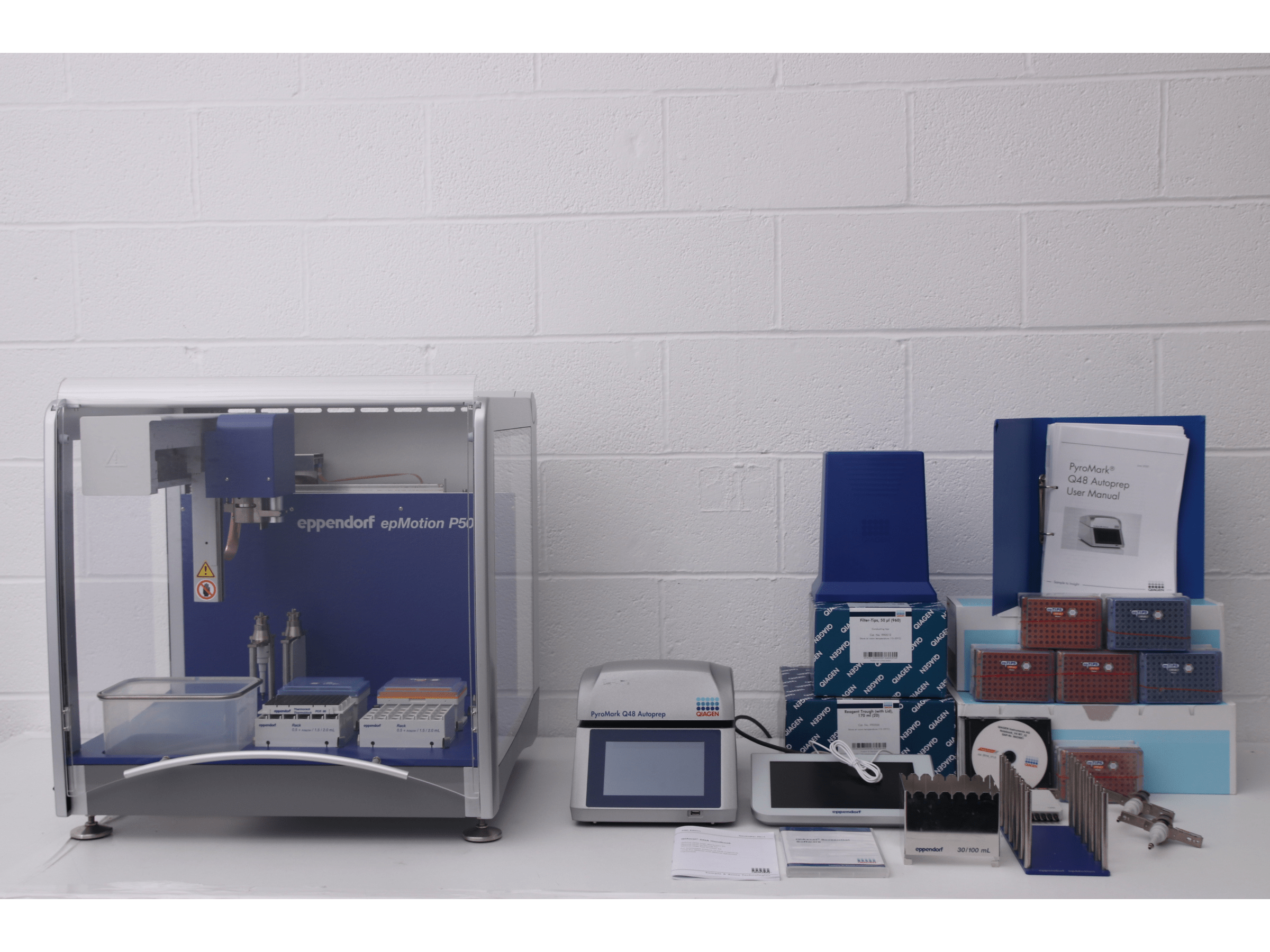Laboratory ovens are indispensable tools in scientific research, playing a crucial role in various applications such as drying, curing, sterilisation, and thermal analysis. To obtain reliable and accurate results in your experiments, it’s essential to ensure that your laboratory oven is operating at peak performance.
1. Proper Calibration and Temperature Verification
One of the fundamental aspects of maintaining oven accuracy is regular calibration. Periodically calibrating your laboratory oven ensures that it operates at the specified temperature. You should also perform temperature verification tests using traceable temperature standards to confirm the oven’s accuracy. This step is critical for maintaining the integrity of your experiments.
2. Uniform Heat Distribution
To achieve accurate and consistent results, it’s essential to ensure that your laboratory oven provides uniform heat distribution throughout the chamber. Place temperature sensors at multiple locations inside the oven to monitor temperature variations. If uneven heating is detected, consider rearranging the placement of samples or investing in an oven with advanced air circulation technology to improve uniformity.
3. Maintain Cleanliness of the Laboratory Oven
A clean oven is an efficient oven. Over time, the accumulation of residues and contaminants can affect temperature uniformity and compromise accuracy. Regularly clean the oven’s interior and racks, removing any debris or spills that may interfere with performance. Pay attention to the oven’s exhaust system as well, as clogs can impede proper airflow.
4. Optimise Loading and Sample Placement
How you load samples into the oven can impact both efficiency and accuracy. Avoid overcrowding the oven, as this can hinder air circulation and lead to uneven heating. Ensure that there is sufficient space between samples and that they are placed on suitable racks or trays to facilitate proper heat transfer.
5. Preheating and Stabilisation
Allow your laboratory oven to preheat and stabilize before introducing samples. Preheating ensures that the chamber reaches the desired temperature consistently, reducing the time it takes for your samples to reach the desired conditions. Rapid changes in temperature can affect accuracy, so it’s essential to allow sufficient time for stabilisation.
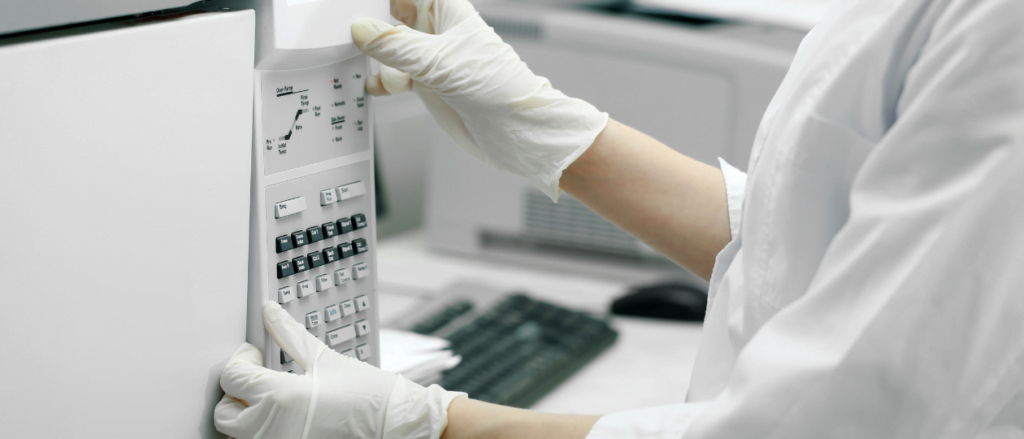
6. Use High-Quality Laboratory Oven Temperature Probes
Invest in high-quality temperature probes and sensors to monitor and control temperature accurately. Regularly check and calibrate these sensors to maintain their accuracy. Ensure that the probe’s location accurately represents the temperature conditions your samples are experiencing.
7. Implement Energy-Saving Features
Efficiency isn’t just about accurate temperature control; it’s also about energy consumption. Look for laboratory ovens with energy-saving features like programmable timers, standby modes, and insulation improvements. These features can help reduce operating costs while maintaining accuracy.
8.Routine Laboratory Oven Maintenance and Servicing
Regularly scheduled maintenance and servicing are essential for the longevity and performance of laboratory ovens. Follow the manufacturer’s recommended maintenance schedule and address any issues promptly. A well-maintained oven is less likely to experience temperature fluctuations and accuracy problems.
Optimising laboratory oven performance is essential for achieving accurate and reliable results in scientific research. By following these tips for efficiency and accuracy, you can ensure that your laboratory oven operates at its best, reducing the risk of experimental errors and enhancing the quality of your research. Remember that proper calibration, uniform heat distribution, cleanliness, and thoughtful sample placement are all crucial factors in maintaining optimal oven performance. With these practices in place, you can trust that your laboratory oven will consistently deliver the results you need for your experiments.
